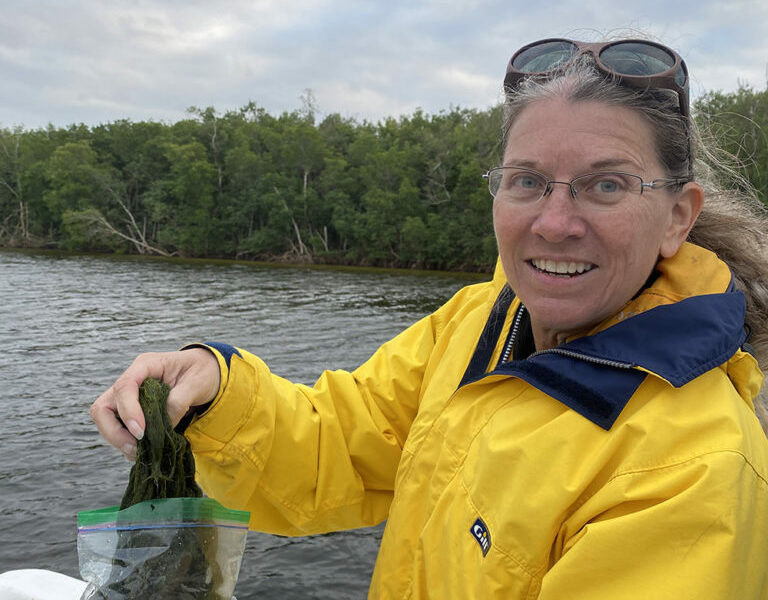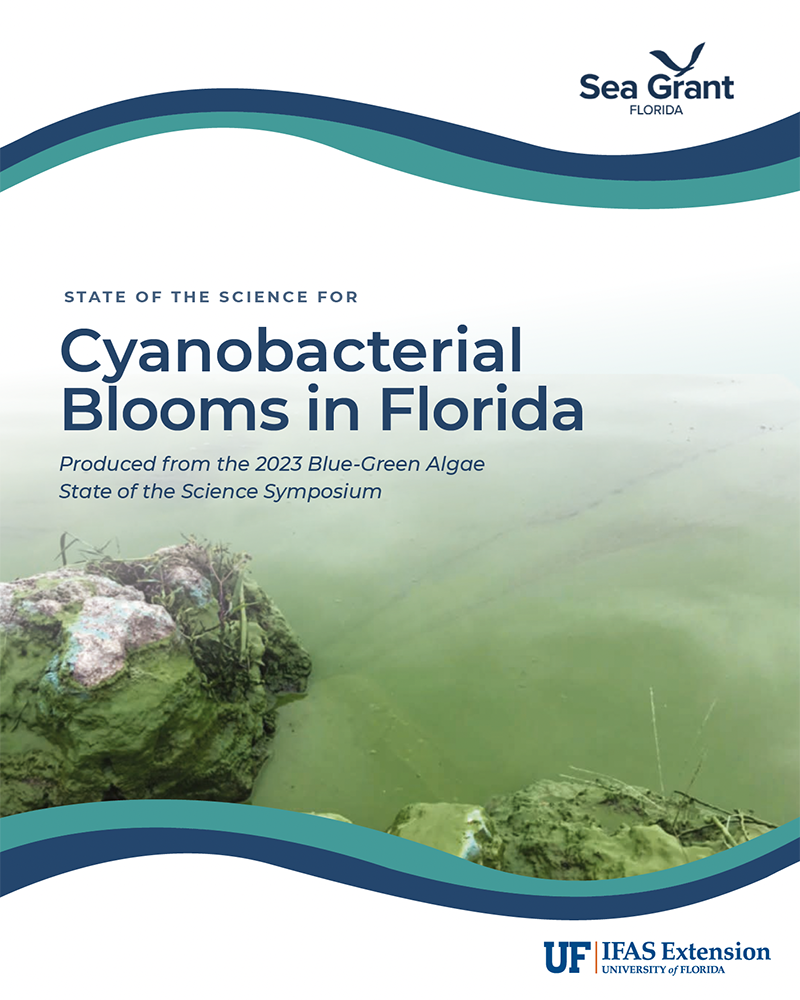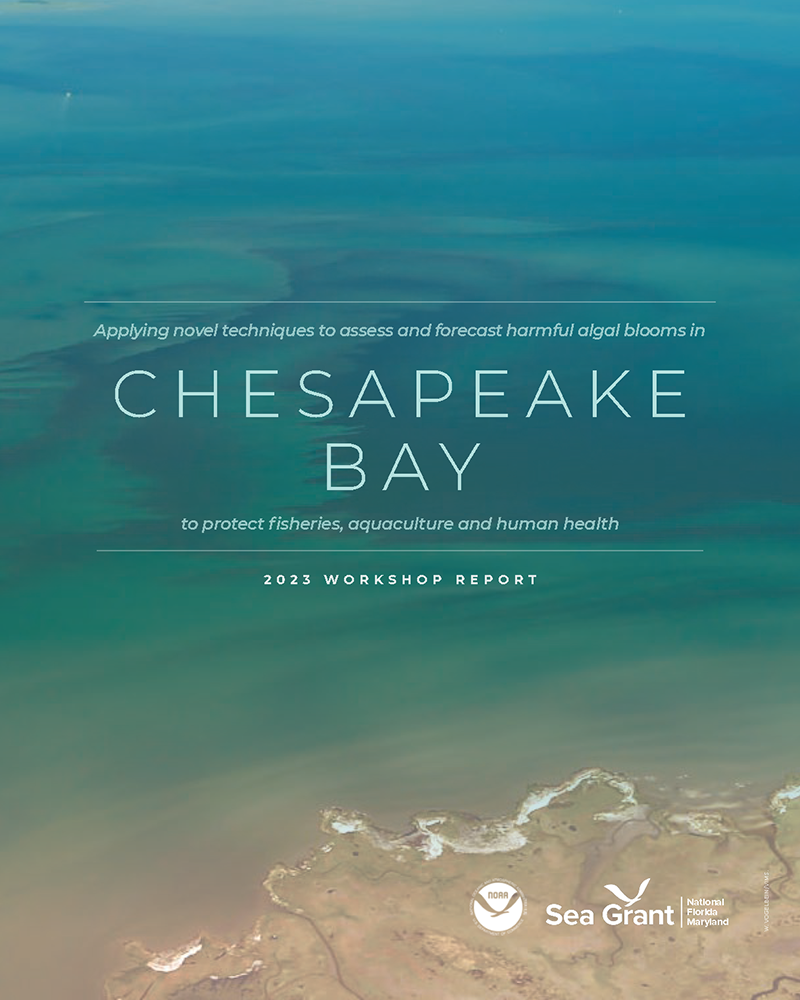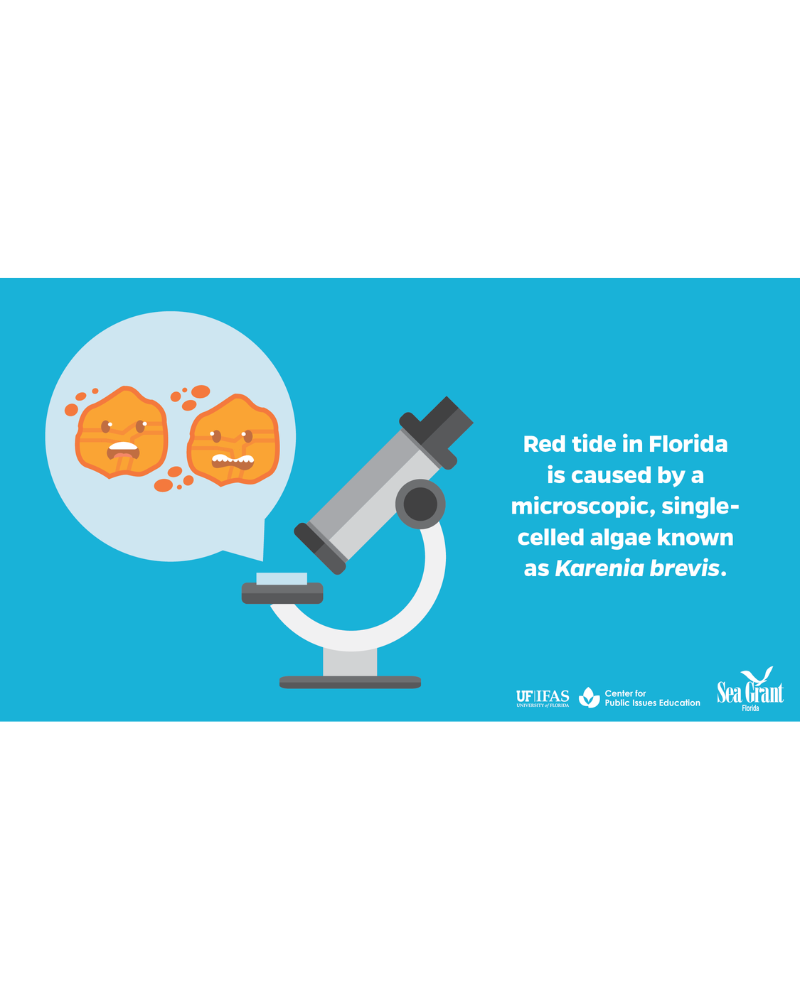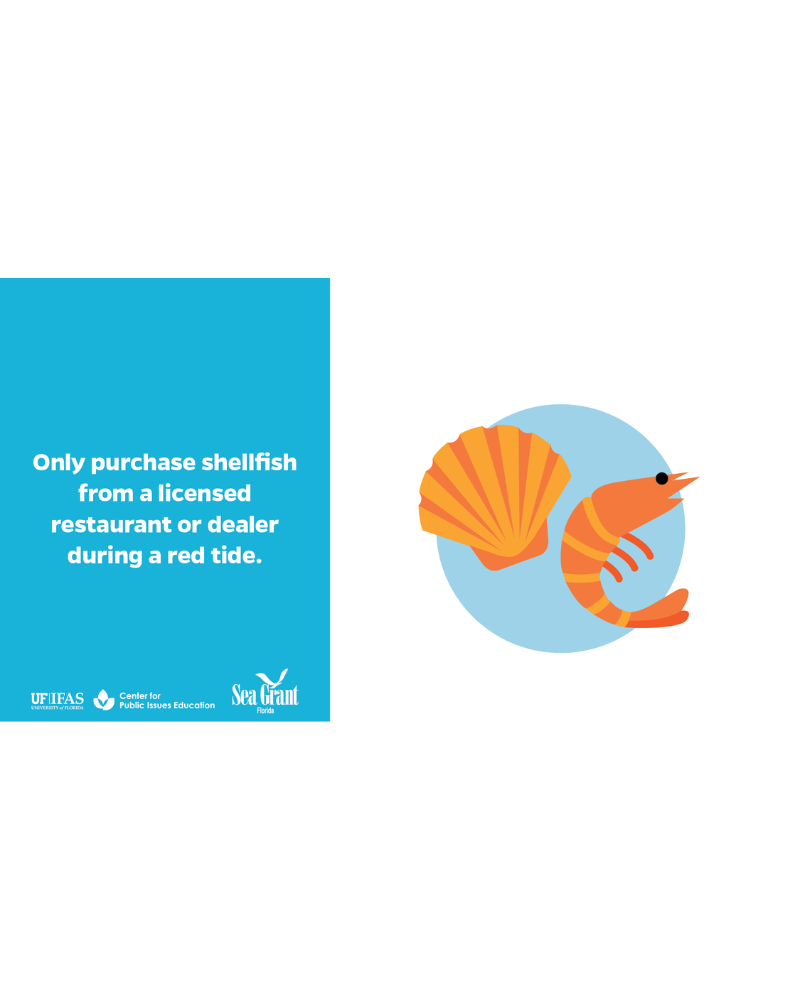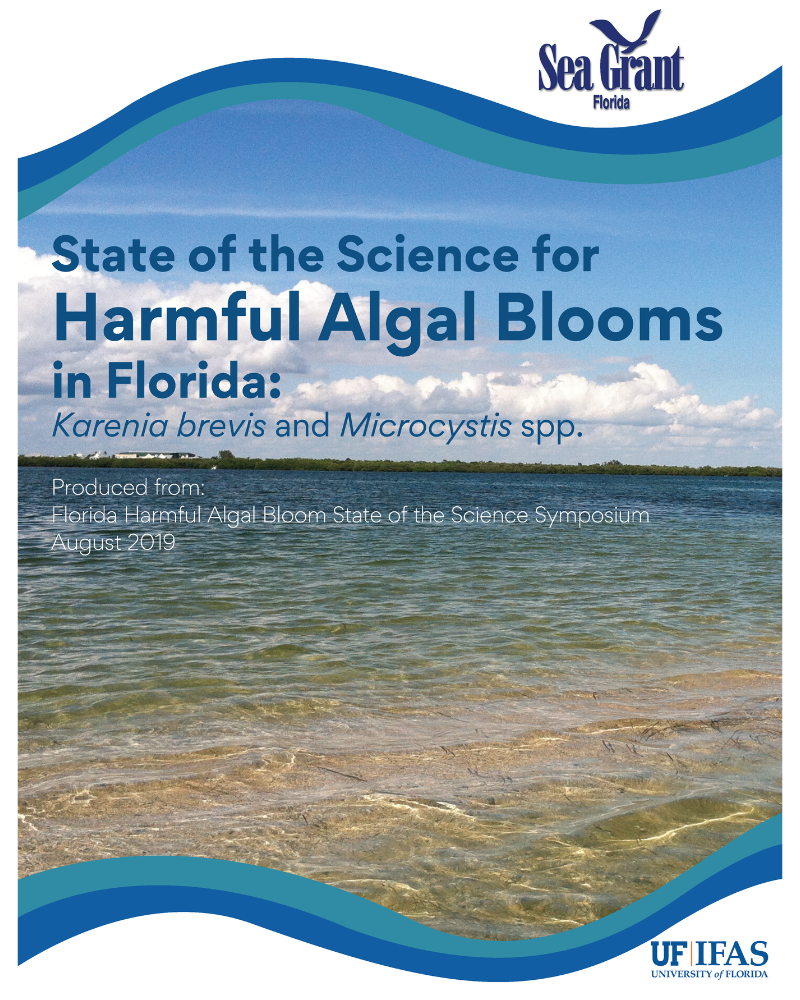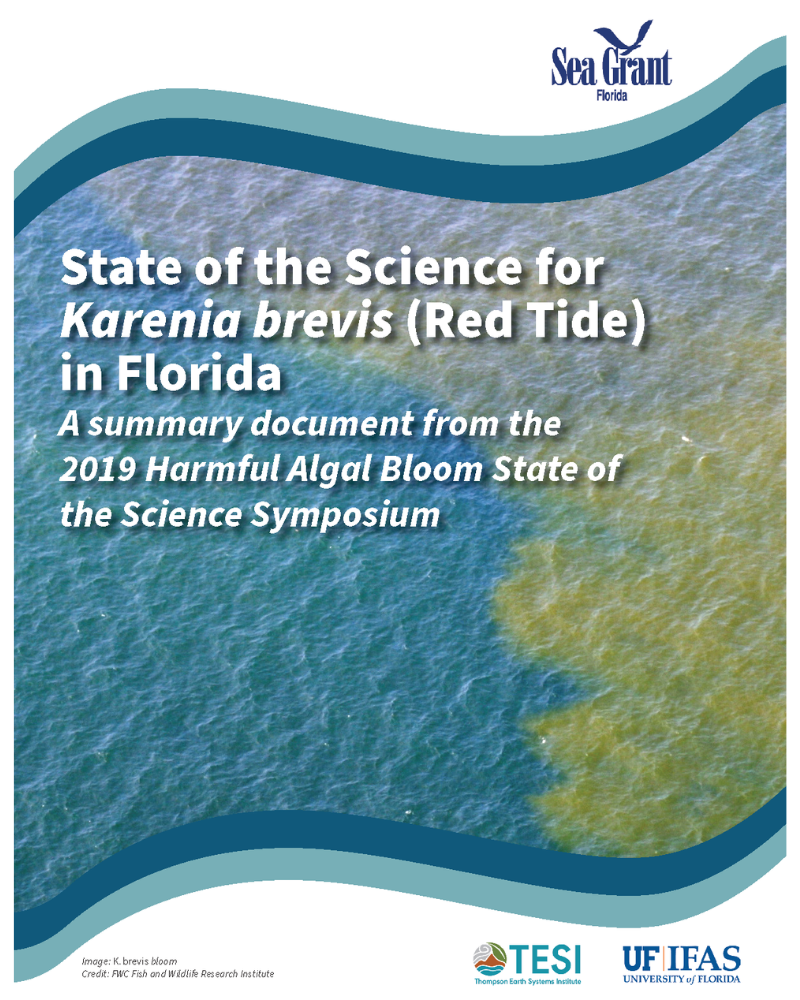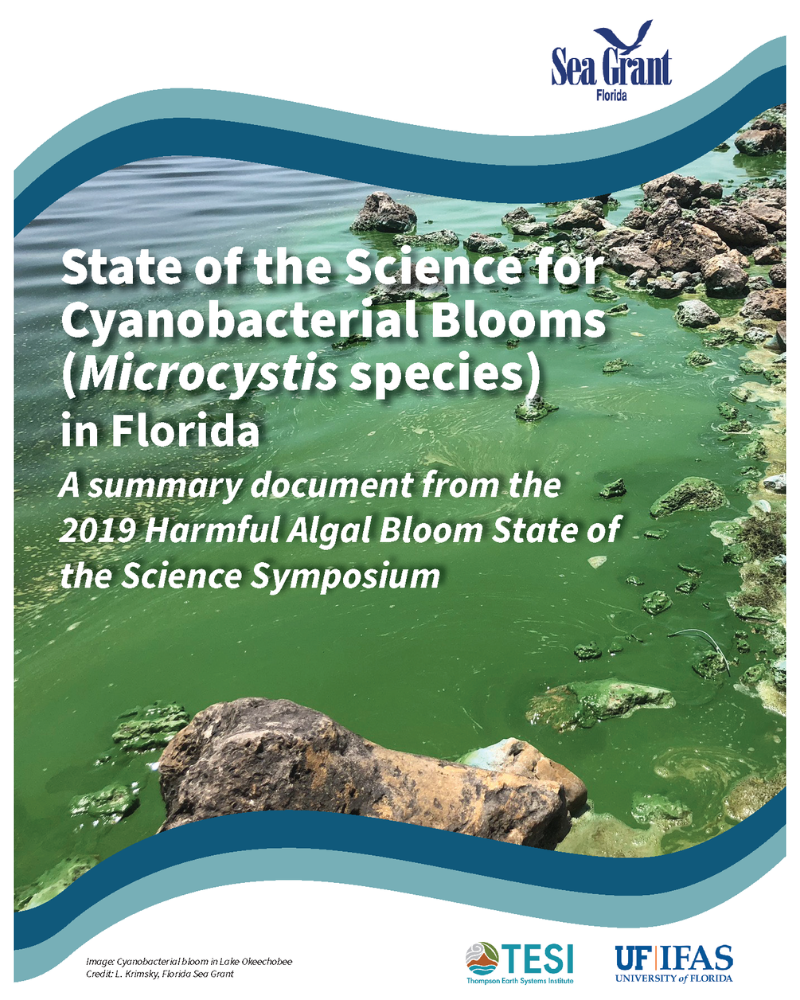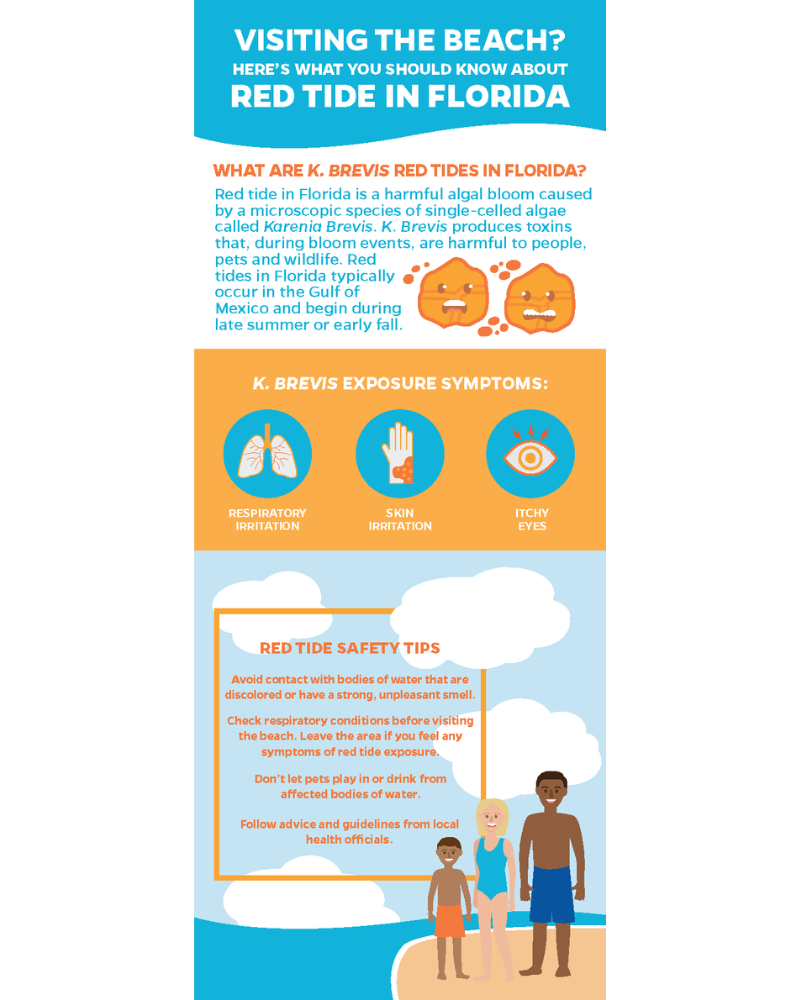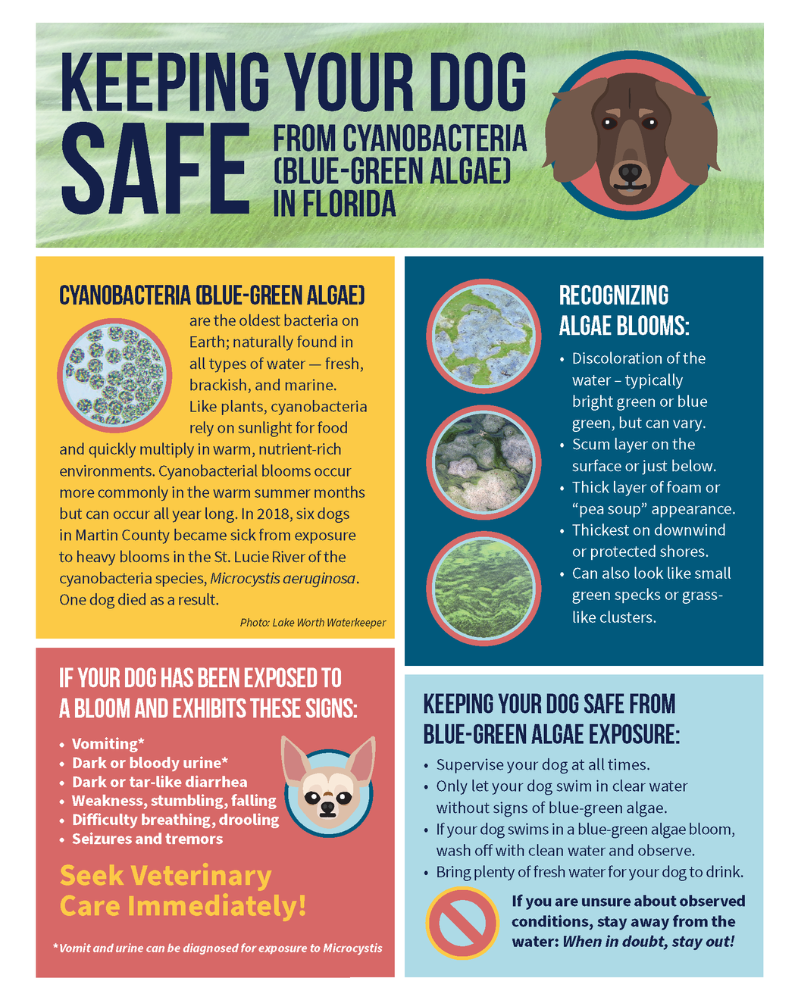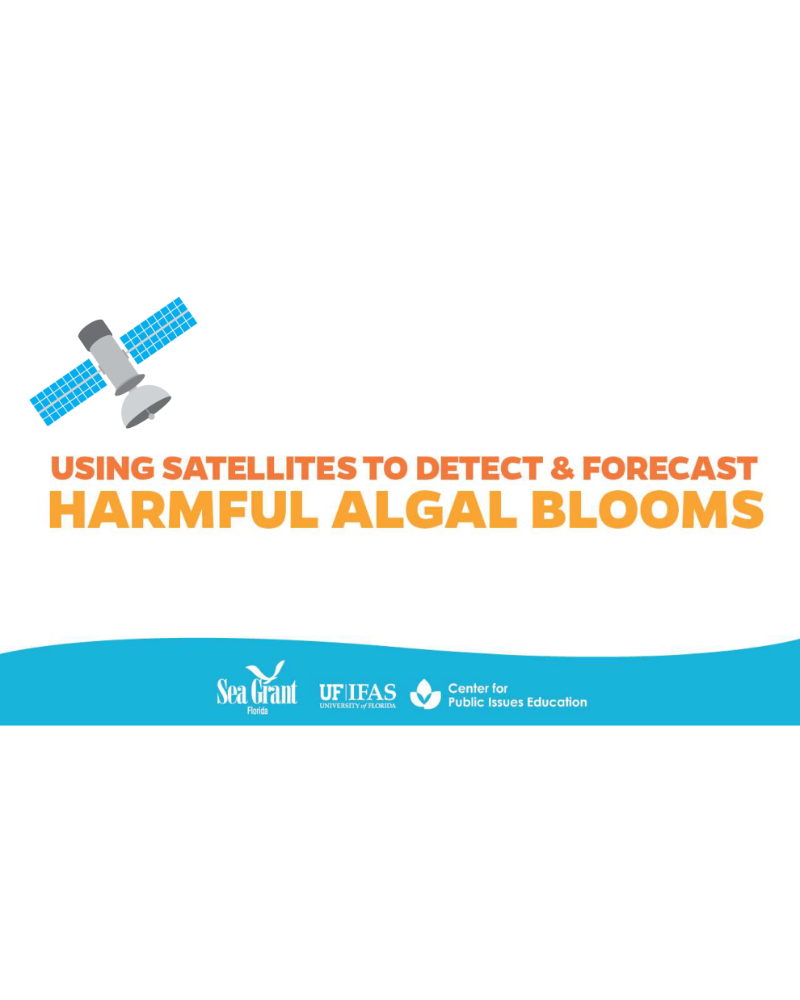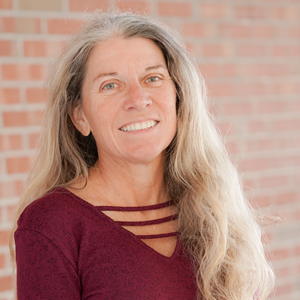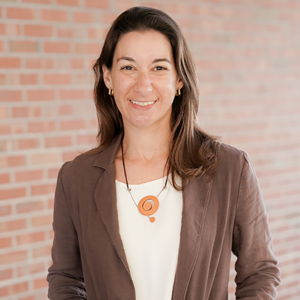Harmful Algal Blooms
Tackling Florida's Harmful Algal Blooms
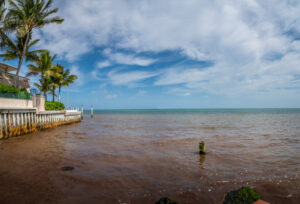 Florida is known for its water resources. It boasts beaches and estuaries on both coasts, thousands of miles of rivers, lakes, and springs. The state’s vast salt and freshwater resources also support populations of bloom-forming algae. Most of these algae are beneficial and are the foundation of the aquatic food web. However, dozens of species can form algal blooms, the rapid and substantial increase in algal biomass. Some of these blooms can become harmful through the production of toxins or by causing other negative impacts to the environment and aquatic ecosystem. These blooms are called harmful algal blooms (HABs).
Florida is known for its water resources. It boasts beaches and estuaries on both coasts, thousands of miles of rivers, lakes, and springs. The state’s vast salt and freshwater resources also support populations of bloom-forming algae. Most of these algae are beneficial and are the foundation of the aquatic food web. However, dozens of species can form algal blooms, the rapid and substantial increase in algal biomass. Some of these blooms can become harmful through the production of toxins or by causing other negative impacts to the environment and aquatic ecosystem. These blooms are called harmful algal blooms (HABs).
Mitigating the impacts of HABs is complex due to the diversity of species and aquatic systems, the various chemical, physical, and biological interactions within these systems, and human activities and interactions within our watersheds. Florida Sea Grant agents and researchers conduct science-based research and extension activities to educate stakeholders and guide management actions to mitigate and control harmful algal blooms in the state’s waters.
State Resources for Monitoring & Reporting
The state of Florida has one of the country’s most robust monitoring and reporting programs for marine and freshwater HABs. Residents and visitors can use these resources to learn about the current status of HABs in Florida and be part of an informed citizenry:
Florida Department of Health
- View interactive Algal Bloom dashboard featuring information and real-time sampling updates for HABs in Florida.
- Report algal blooms to FDEP online or through a new toll-free number at 1-855-305-3903.
- To report fish that are either dead or in poor physical condition, residents should contact the Fish Kill Hotline 1-800-636-0511.
- People experiencing symptoms or illnesses should contact the Florida Poison Control Center at 1-800-222-1222.
FWC Fish and Wildlife Research Institute
- Learn more about algae blooms in Florida at https://myfwc.com/research/redtide/general/.

Red tide visible along Sarasota’s coast during the summer of 2018. Ryan McGill
Harmful Algal Blooms
Programs
& Initiatives
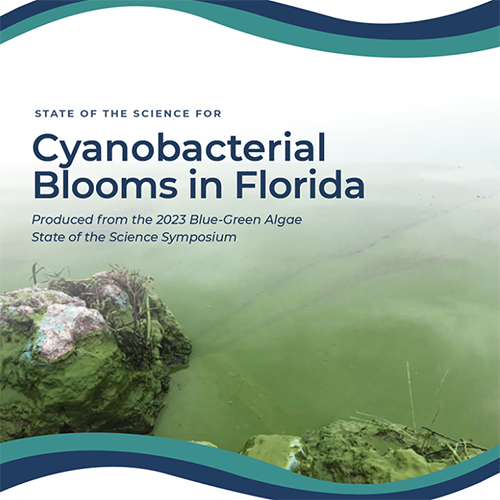
HAB State of the Science
The second Florida Blue-Green Algae State of the Science Symposium provided Florida’s blue-green algae research and management community a valuable forum for networking, collaboration, and engagement. This report offers a shared assessment of the current state of research and management, progress made since the inaugural symposium, and data gaps and research needs to more effectively tackle Florida’s diverse and complex cyanobacterial harmful algal blooms.
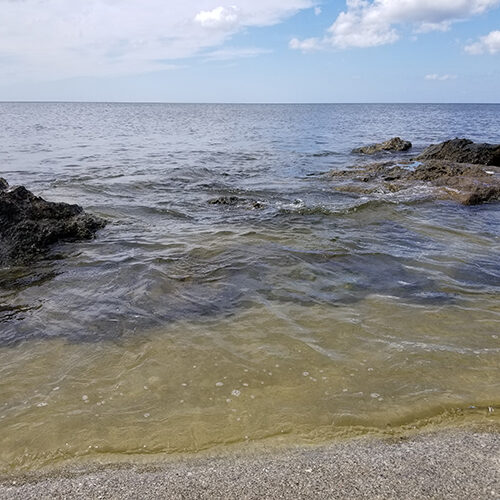
HAB Communications
Effective communication with the public is an essential component of a HAB mitigation plan. Communication tools can minimize the potential human health risks associated with HAB exposures and reduce the adverse economic impacts associated with real or perceived risks.
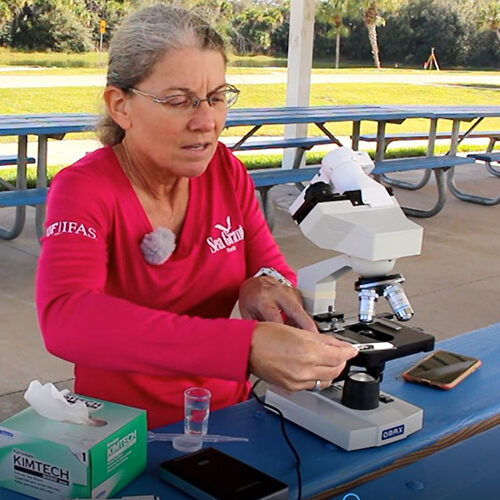
HAB Prediction & Forecasting
Remote sensing methods are increasingly being developed for HAB forecasting and monitoring. Working through the national Sea Grant network, a NOAA Sea Grant Liaison provides a pipeline between new research generated by the federal partners and community audiences.
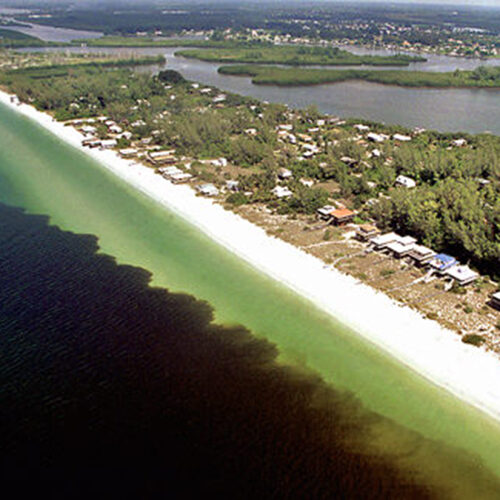
HAB Monitoring & Control
The diversity of HAB species and toxicity requires species-specific testing of different algal treatment methods. Florida Sea Grant faculty identify the algae present in Florida and provide best management practices for their growth, control and management.
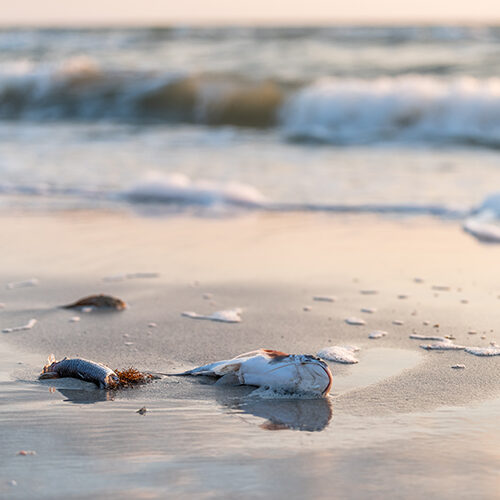
Economic Impacts
Florida’s coastal economies depend on the many tourism and marine-dependent industries that rely on healthy water bodies. Florida Sea Grant faculty help to quantify the socio-economic impacts of HABs in Florida.
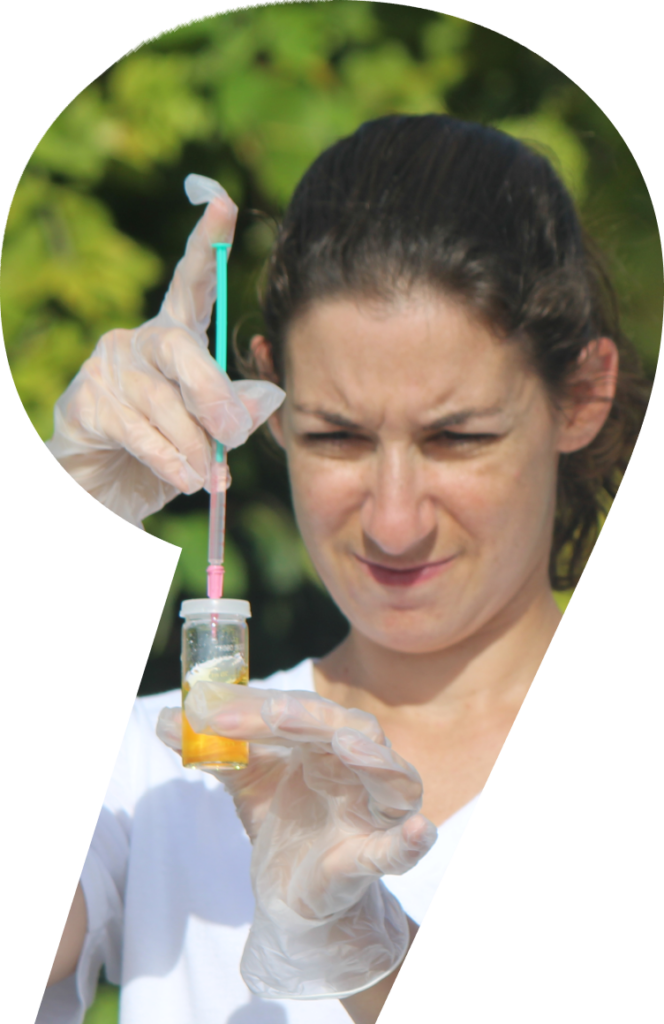
Currently, information about red tide is misaligned and inconsistent, and that contributes to skewed public perception from a health and business perspective. Accurate and effective communication is essential to achieving the balance needed for public safety and to protect the local economy.”
Harmful Algal Blooms
Latest
News
Publications & Resources
Browse and download our science-backed harmful algal blooms products created by faculty experts.
Faculty Experts
Looking for answers or resources on harmful algal blooms? Reach out to our faculty experts listed below.
